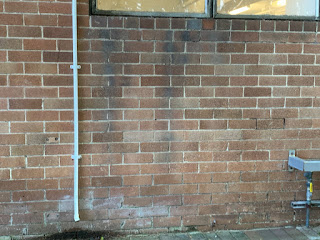Initial Concept
To begin the process of designing our info graphics, our team had planned a variety of different concepts to test our knowledge of the colour theory and experiment with the presented results. We all agreed to use pastel colours and focus on a sense of minimalism to allow the information presented to be easily understood and transferred to the observer.
Concept 1 (chosen)

Concept 2

Concept 3

Concept 4
 Process
Process
I was delegated in my group to focus on the food data set at UNSW. I deduced that the pie chart would be the best format to communicate this information as the data was focused on only four measured variables.
The Pie chart was constructed using the circle tool and divided in the pathfinder tools once lines had been constructed. On a separate layer, the pie chart was duplicated and moved behind the corresponding layer to create a sense of 3-Dimension. Lines were projected to further encapsulate this.
The shape builder tool were used to merge adjacent shapes and clean up the pie chart illustration
Initial completed Pie Chart and Infographic Panorama


Final Infographic Panorama

















































